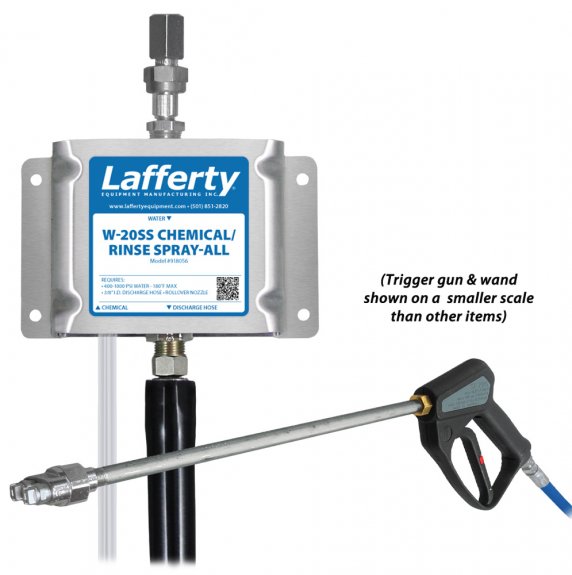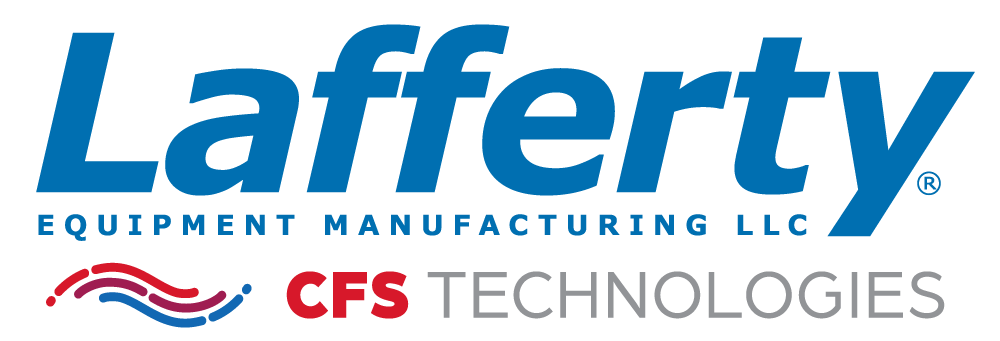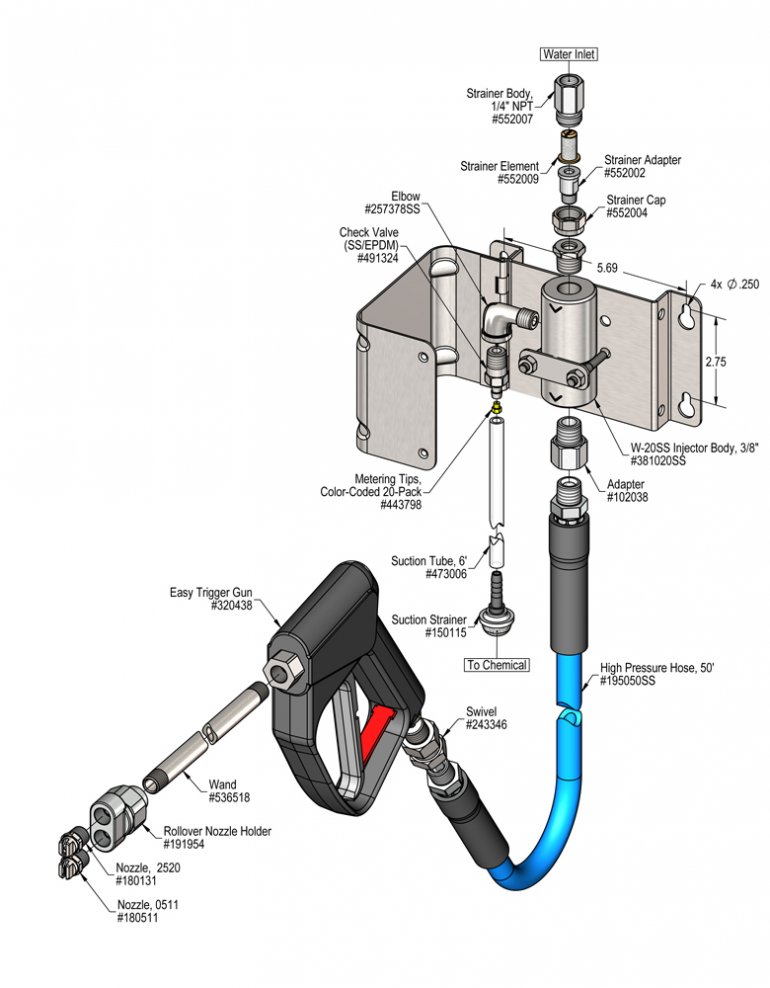Overview
The W-20SS Spray-All is a combination spray/rinse applicator for applying chemical solutions to a variety of surfaces at 3.11 GPM @ 700 PSI and for rinsing. This stainless steel venturi injection system uses high water pressure (400 - 1000 PSI) to draw and blend chemical concentrate into the water stream using precision metering tips. The accurately diluted solution is then projected through the discharge hose, trigger gun, wand and fan nozzle. The rollover nozzle assembly adds the convenience of alternating between spraying and rinsing without having to return to the wall mounted unit.


